
Les Gourniers discovery path
This valley-bottom hamlet has retained its traditional charm. The street, edged with rather modest houses, leads to the former school (the Park information centre in July and August) and the small chapel, the Chapelle de la Nativité. I know all the locals and for me it's a real pleasure to spend time listening to the old people talking about years gone by in this mountain valley where - not so very long ago - life was hard. (Mireille Coulon, Park Ranger)
Description
- You can continue straight ahead for a there-and-back detour to the foot of the La Pissarotte waterfall (allow 15 minutes).
- Cross the footbridge over the mountain stream and then head back towards the top end of the hamlet, not forgetting to turn left down to the belvedere that overlooks the giant's cauldron ("Marmite de géant")..
- After going past a house, turn left to drop down to the hamlet and back to the car park.
- Departure : Les Gourniers
- Arrival : Les Gourniers
- Towns crossed : Réallon
11 points of interest
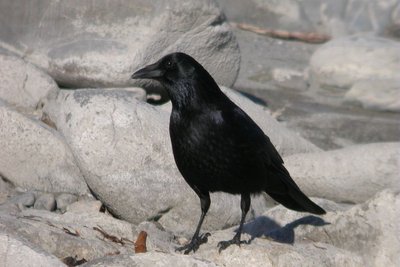
Corneille noire - Damien Combrisson - PNE  Fauna
FaunaCarrion crow
The carrion crow is a medium-sized corvid, slightly larger than the rook. It is easy to avoid confusing them, as the latter has a narrower, straight beak with a whitish base. Its plumage creates green reflections. The males and females are identical in appearance when young.
Gentiane jaune - Dominique Vincent - PNE  Flora
FloraYellow gentian
It is easy to see why this perennial plant, with a strong, hollow stem and which can grow up to one metre tall, is commonly called the great gentian. At the end of the stem, it carries several tiers of yellow flowers grouped into whorls, supported by a pair of large opposing leaves. This species can be told apart from others in the genus not only by its colour but also because the corolla is made up of five or six petals.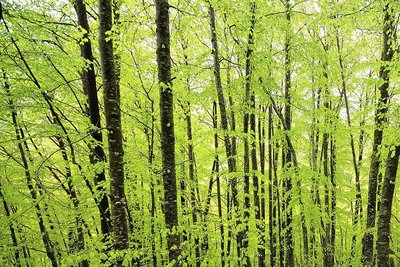
Sous bois de hêtres - Mireille Coulon - PNE  Flora
FloraBeech
A majestic tree with a smooth, steel grey trunk. It has bright, shiny leaves which turn to russet in the autumn. The seeds, or beechnuts, are set into a small spiky woody shell. Here, the beech is growing at the limit of its distribution; they are at their highest in the Durance valley.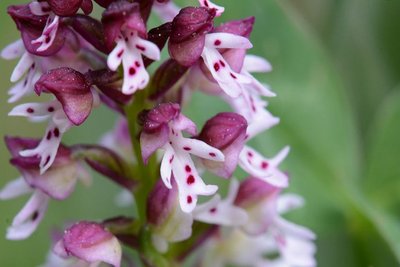
Orchis brulé - Bertrand Nicollet - PNE  Flora
FloraBurnt-tip orchid
Its name comes from the deep purple colour at the end of the flower spike. 10 to 30 cm tall, this orchid grows in sunny meadows, in limey soil. The flowers are small and arranged into a tight spike.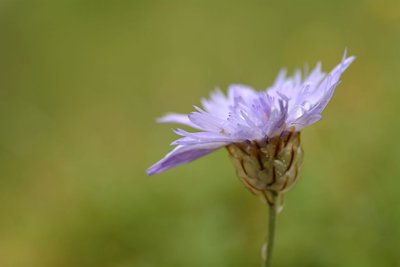
Catananche bleue - Mireille Coulon - PNE  Flora
FloraCupid's dart
This 30 to 70 cm high plant has slender leaves, some linear with a few narrow side lobes. It is distinctive for its flower heads with parchment-like, translucent bracts and a broad russet median vein ending in a little point. The flowers are all ray-shaped and serrated at the tip. They are blue to purplish, darker at the base.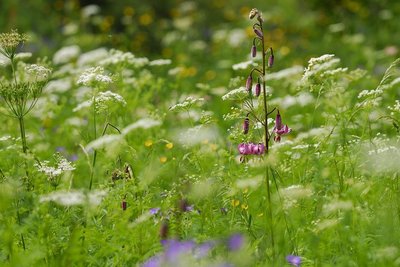
Lis martagon - Mireille Coulon - PNE  Flora
FloraMartagon lily
The martagon lily is distinctive for its long upright flower spike. It bears 3 to 10 flowers which are violet-pink streaked with purple, out of which its long orangey stamens emerge. It’s better to admire it from a distance because, beautiful as it is, it has an unpleasant smell!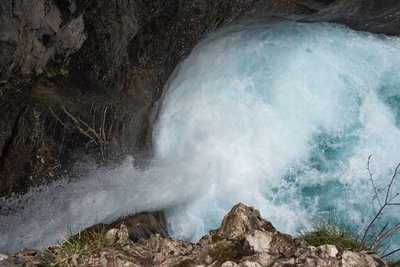
La marmite de géant aux Gourniers - PNE- Mireille Coulon  Geology and geography
Geology and geographyGiant’s cauldron
The term ‘Giant’s cauldron’ describes a cavity created by a current of water in a standing rock. Here, the waters and the pebbles of the Chargès torrent whirl around polishing the cavity and giving it its spectacular shape.
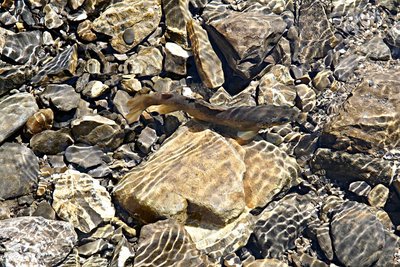
Truite fario - Jean-Philippe Telmon - PNE  Fauna
FaunaBrown trout
This wild trout of the salmonid family is 25 to 100 cm long. Its streamlined body and well-developed fins make it a very efficient swimmer in fast-flowing water. The deepness of the colour on its back varies depending on the environment. Its back and sides are decorated with black dots outlined with pink.
Chapelle de la nativité - Mireille Coulon  Architecture
ArchitectureChapel of the Nativity
It is difficult to be sure of the chapel's date of construction, but is existed in 1700. The bell was installed in 1870, but the bell tower was built in 1956. In 2013, a new larch shingle roof replaced the old corrugated iron roof,
Le hameau des Gourniers - PNE- Mireille Coulon  Architecture
ArchitectureHamlet of Les Gourniers
The old houses of the hamlet are modest in appearance. They are built from stone and have sheet metal roofs. They used to be roofed with slate extracted from the nearby quarries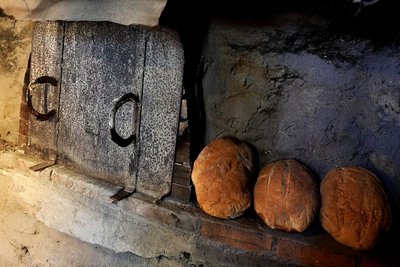
Four utilisé lors de la Fête du pain - Victor Zugmeyer - PNE  Vernacular heritage
Vernacular heritageCommunal oven
This is located in the basement of the former school (now the Park Information Centre). It is regularly used on the occasion of local festivals and events.
Forecast
Altimetric profile
Information desks
Information center "les Gourniers" (summer only)
Les Gourniers, 05160 Réallon
Les Gourniers
05160 Réallon
Tel :
embrunais@ecrins-parcnational.fr
Maison du Parc de l'Embrunais
Place de l’Église, 05380 Châteauroux-les-Alpes
Information, documentation, exhibition, screenings, products and books of the Park. Accessible to people with reduced mobility. Free admission. All animations of the Park are free unless otherwise stated.
Access and parking
Parking :
Source

Report a problem or an error
If you have found an error on this page or if you have noticed any problems during your hike, please report them to us here:


